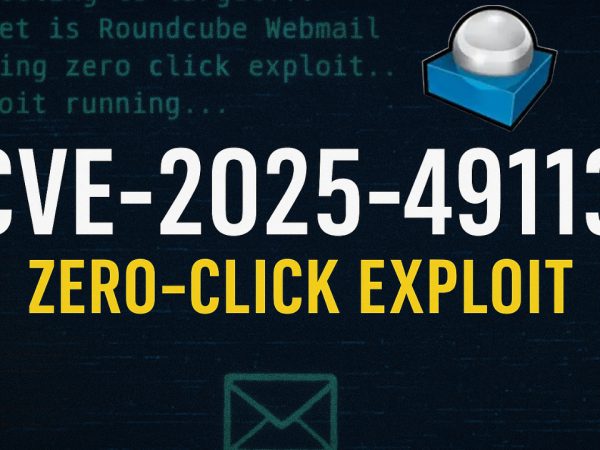Introduction
We covered Recon-ng as a Reconnaissance framework that is used commonly by red teams during engagements. We covered creating workspaces, installing and loading modules, adding and removing keys in addition to examples on some recon modules such as using Google and DNS to discover domains and other useful info. This video was part of TryHackMe Red Team Recon which is under the Red Team Track.
Recon-ng Framework
Reconnaissance (recon) can be classified into two parts:
- Passive Recon: can be carried out by watching passively
- Active Recon: requires interacting with the target to provoke it in order to observe its response.
Passive recon doesn’t require interacting with the target. In other words, you aren’t sending any packets or requests to the target or the systems your target owns. Instead, passive recon relies on publicly available information that is collected and maintained by a third party. Open Source Intelligence (OSINT) is used to collect information about the target and can be as simple as viewing a target’s publicly available social media profile. Example information that we might collect includes domain names, IP address blocks, email addresses, employee names, and job posts. In the upcoming task, we’ll see how to query DNS records and expand on the topics from the Passive Reconnaissance room and introduce advanced tooling to aid in your recon.
Active recon requires interacting with the target by sending requests and packets and observing if and how it responds. The responses collected – or lack of responses – would enable us to expand on the picture we started developing using passive recon. An example of active reconnaissance is using Nmap to scan target subnets and live hosts. Other examples can be found in the Active Reconnaissance room. Some information that we would want to discover include live hosts, running servers, listening services, and version numbers.
Active recon can be classified as:
- External Recon: Conducted outside the target’s network and focuses on the externally facing assets assessable from the Internet. One example is running Nikto from outside the company network.
- Internal Recon: Conducted from within the target company’s network. In other words, the pentester or red teamer might be physically located inside the company building. In this scenario, they might be using an exploited host on the target’s network. An example would be using Nessus to scan the internal network using one of the target’s computers.
Recon-ng is a framework that helps automate the OSINT work. It uses modules from various authors and provides a multitude of functionality. Some modules require keys to work; the key allows the module to query the related online API.
From a penetration testing and red team point of view, Recon-ng can be used to find various bits and pieces of information that can aid in an operation or OSINT task. All the data collected is automatically saved in the database related to your workspace. For instance, you might discover host addresses to later port-scan or collect contact email addresses for phishing attacks.
Challenge Answers
recon-ng with the workspace clinicredteam?How many modules with the name virustotal exist?
There is a single module under hosts-domains. What is its name?
censys_email_address is a module that “retrieves email addresses from the TLS certificates for a company.” Who is the author?



